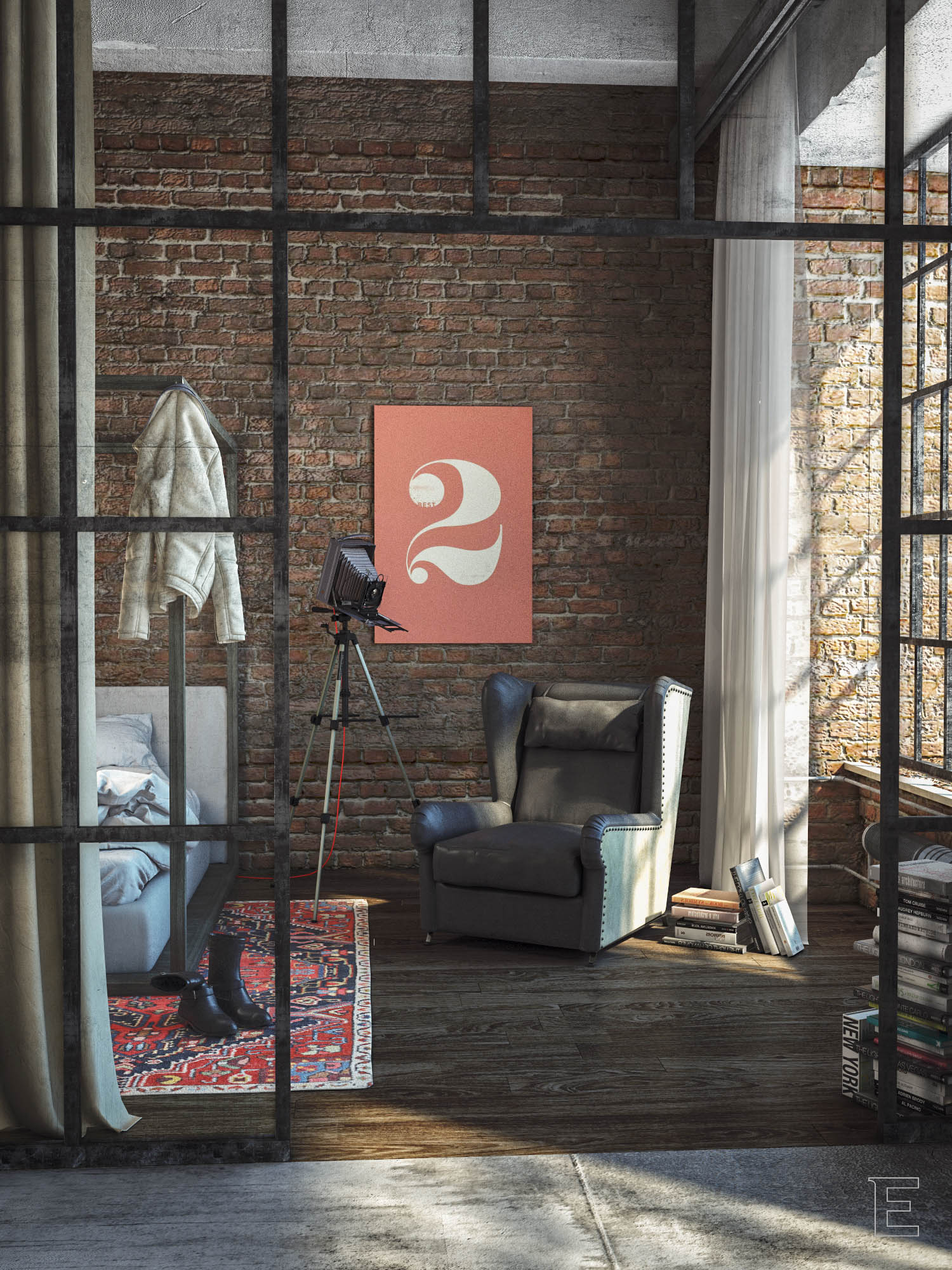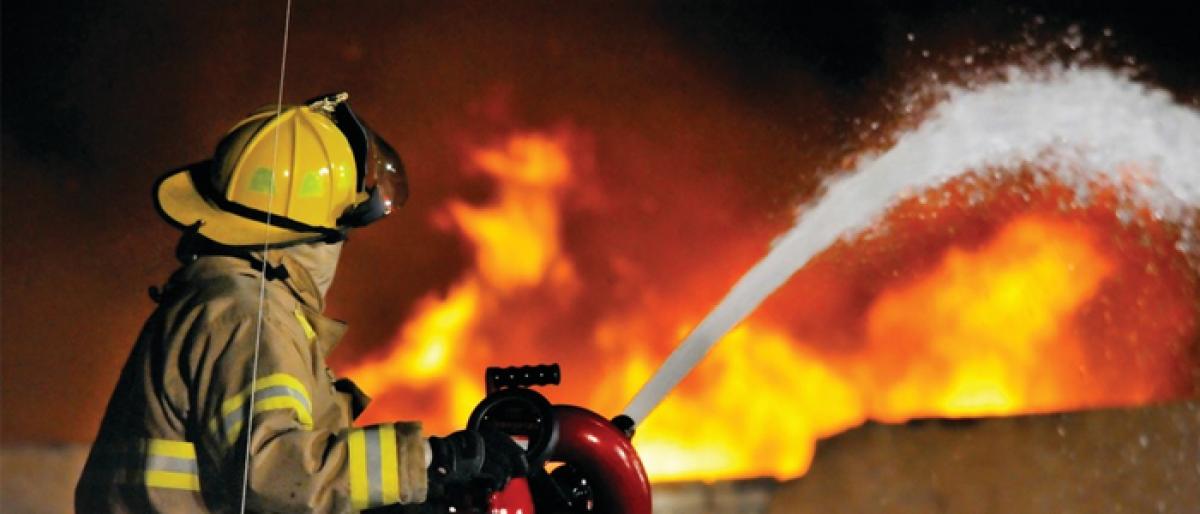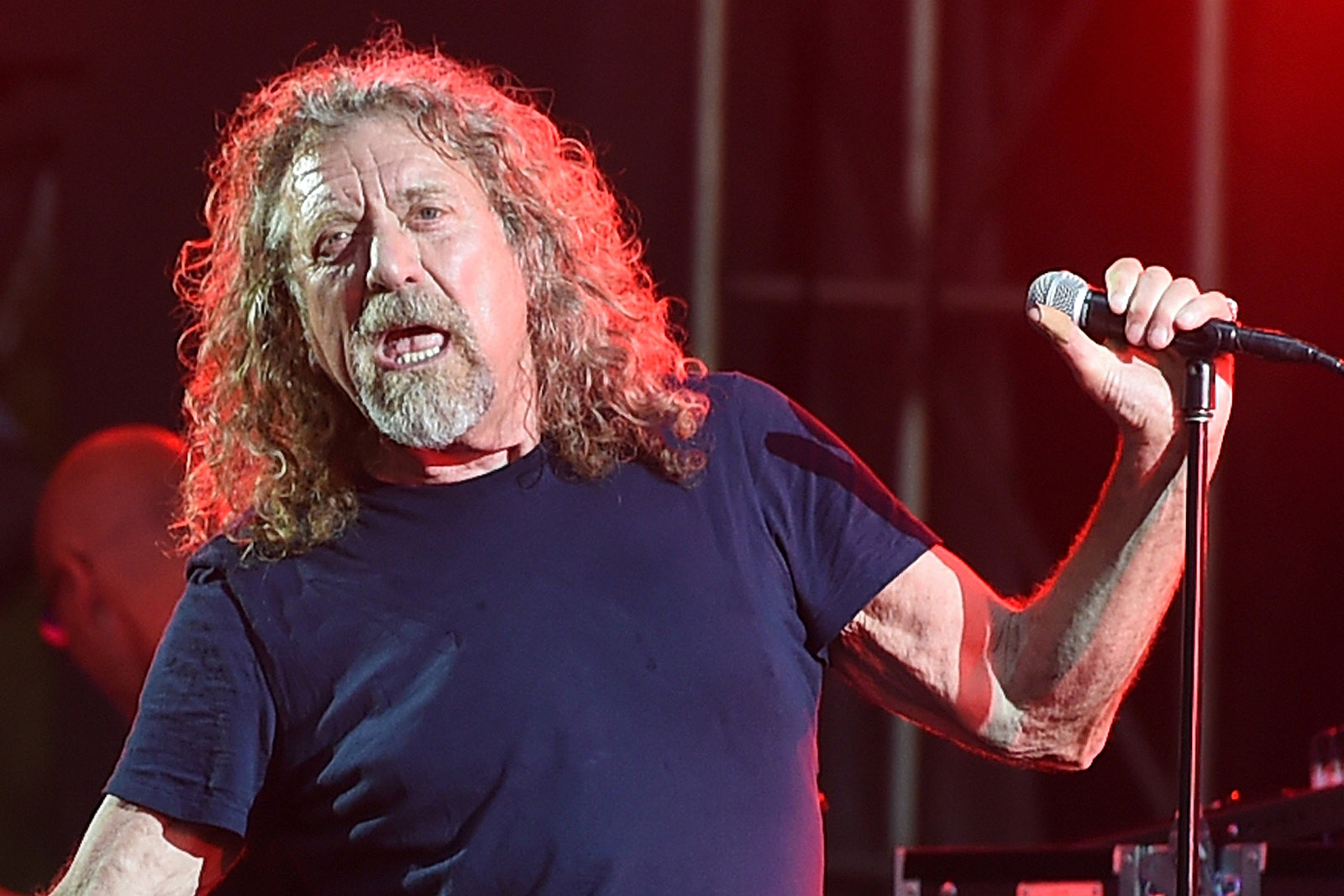Table of Content
- The Ultimate Guide to Photography Lighting (83 Tips!)
- How To Use Ambient Lighting For Atmospheric Portraits
- Select the Number of Lights You Want to Use
- When You Should and Should NOT use a Flash
- How to Professionally Light Your Video Studio: 5 Tips to Know
- Unique Studio Lighting Tips to Make Your Portraits Stand Out
- Use Gels on the Background Light
You attach an opaque white fabric across the open end and the Speedlight sits inside the softbox. When triggered, the light hits the inside of the opaque material and casts a softer glow on the subject. You can also add additional layers of opaque material for softer light.
Thankfully, artificial lighting is not that hard to master. All those new terms and different gadgets can scare you, but don't let them stop you. Start with continuous lighting, practice regularly, and then graduate to more complex lighting.
The Ultimate Guide to Photography Lighting (83 Tips!)
When photographing an outdoor scene, you’ll often encounter a mix of light strength. For example, capturing a building and the sky on a sunny day. You can experiment with side lighting, backlighting, and many ways to soften harsh shadows. Knowing as much as you can about lighting will help you with your photography. It is a difficult area to master, but how the light hits your subject is very important.
If you don’t, you’ll notice challenges when trying to colour correct it through white balance. A fill light can be a separate light, but why spend the extra money? A reflective surface in the form of white foam boards or a dedicated reflector works perfectly.
How To Use Ambient Lighting For Atmospheric Portraits
Gels are transparent materials that you lay across the light for various effects. These won’t be high on your must-have list, but they are useful for mood and ambiance. Speedlights by the likes of Yongnuo have useful features like wireless remote triggering, remote power setting and are quick to set up. Studio flash is all about positioning the light source away from the camera, so stands are crucial. They support the flash heads, which means they can be positioned at the right distance and angle to the subject. Studio lighting can seem daunting if you’ve never tried it before.
You’ll need a key light, a fill light, and a backlight. Each type of light is going to serve a different purpose for your overall video. If you’ve chosen a studio location with a lot of windows or uses a lot of natural lighting, this doesn’t mean you’ve chosen a bad location. Taking small steps to set up a home photography studio makes the journey more enjoyable – especially if you add a few DIY projects into the mix. You don’t have to be a pro running a business to set up a home photography studio.
Select the Number of Lights You Want to Use
Before we look at recommended speedlight options, let’s summarize the pros and cons. Use your lighting to your advantage to create special moments in your home. Adding a library sconce above a piece of art instantly elevates its status — even if it’s just a simple sketch! Try breathing in some new lift to built-in or open shelves with a sconce to make your styling stand out.

One photography lighting technique that you may wish to incorporate is the chiaroscuro style, reminiscent of 1940’s noir films. For all the tips and techniques you’ll need, read our article. This is a great starter for those interested in images that impress. Cloudy day photography can add an interesting background to landscape or portrait photography. The defined shapes amidst a blue sky can really make an image pop.
When You Should and Should NOT use a Flash
Another valuable addition to your studio set is a collection of props. As they don’t need to be very large, you can buy the black, white or coloured card from a craft store. These make excellent backdrops that are easy to swap out and are non-reflective. If you have an exposed brick wall or concrete wall, they look amazing as portrait backdrops. However, most of us don’t have a blank or attractive wall for portrait shots.
They always start with one light and work up to the multiple lighting setups. It is always beneficial for them to test effects as they go. A softbox should be the first thing you buy after obtaining a studio light.
Besides, it features a durable 6.7 feet light stand that can be effortlessly set up for quick photography sessions. On top of that, it comes in a compact carry case that is suitable for storing these softboxes or carrying them around. This type of light illuminates the background of a subject. Some people argue that it makes photos look unrealistic.
If shooting off-camera with a modifier, you’ll need a stand. It’s lightweight and collapsable with a central pole that expands so you can set the height. Umbrella – An umbrella looks just like a wet-weather umbrella and comes in two styles. The first is black on the outside and reflective on the inside. The other style is an opaque white umbrella that you fire the Speedlight into, and it spreads the illumination evenly.
This sturdy design makes it highly portable and easy to move around in your home studio. It is also the perfect option for conserving space in your studio. A CRI is one vital innovation that shouldn’t be ignored in any lighting system. With a CRI, you can shoot healthy videos and pictures with balanced illumination and toned lighting. It enables you to define your light’s ability to supply intense and precise hues, colors, and even skin tones.
Let’s sum up the pros and cons of Photography Studio Flash kits before we look at options. If you’re shooting with Canon and want more bang for your buck, check out the Canon Speedlite 600EX II-RT. It’s compatible with groups of up to five, and it has a wireless trigger function. It’s also powerful and designed to recycle fast, so you can keep up the pace of your shoot. Flash Trigger to set off each of your flash units in time with your camera.




